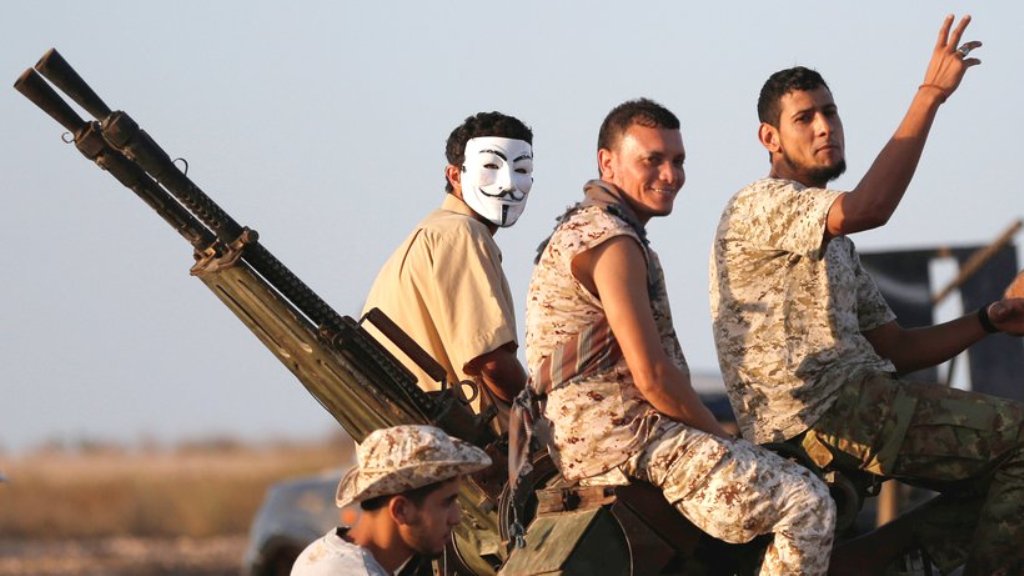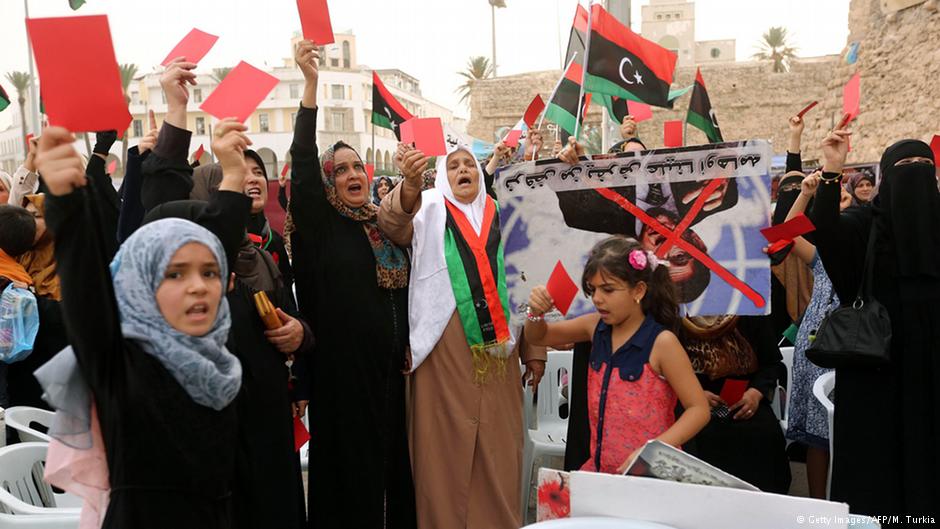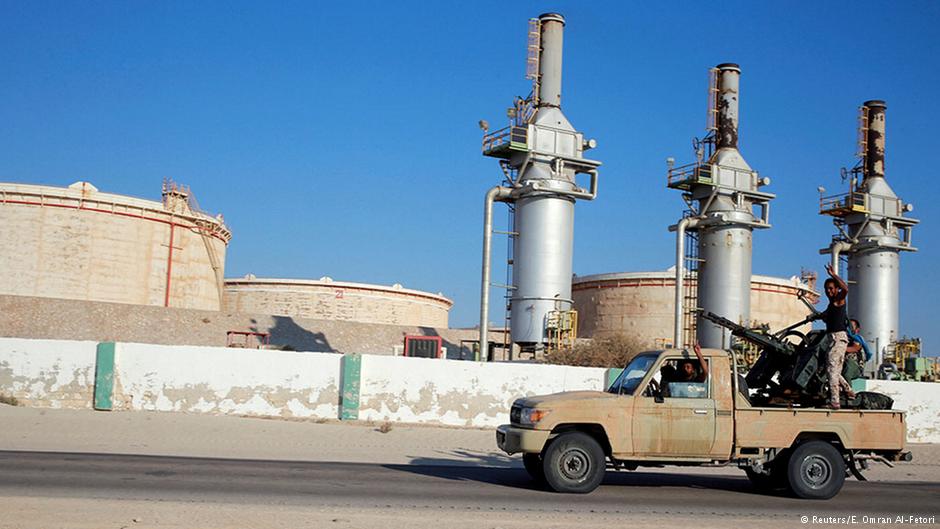On the road to nowhere

The unique cohabitation of three governments, all vying for legitimacy, while ordinary citizens find themselves without everyday necessities such as power and cash liquidity due to the economic crisis, is the bitter irony of the oil-rich nation.
The Libyan crisis today is characterised by its fractured state institutions, which include the Libyan Central Bank (CBL) and the National Oil Corporation (NOC), and by the underlying divisions of parties involved in the conflict. Fostering their own agendas, international players in particular are serving to fuel the sense of political turmoil in Libya.
With two camps, one supporting the House of Representatives in Tobruk in the east and the UN-backed government and its presidential council – born out of the Libyan Political Agreement (LPA) signed in the Moroccan seaside resort of Skhirat in December 2015, which paved the way for the UN-backed Government of National Accord, GNA – in the west, Libya’s divisions have deepened still further.
The Skhirat agreement (LPA): a Libyan cul-de-sac?
According to the International Crisis Group report published in November, in which various parties to the political crisis in Libya are explicitly held to account for the escalation of the conflict, the LPA represents an obstacle to a viable and sustainable peace process that would bring unity to the fragmented North African nation. The report criticises the LPA as being non-applicable and recommends that it be redrafted to include all parties of the conflict.
The militarisation of the political conflict has directly led to an escalation in hostilities within the country, further threatening the Libyan economy. The report warns that both camps are trying hard to wrest control of the nation′s oil and gas reserves, which could lead to armed confrontation in future.

The unique binary character of the Libyan crisis has also affected its financial institutions, with the Libyan Central Bank splitting in two: one in the capital Tripoli and the other in Benghazi, each with its own governor and currency (Russian-printed notes in the east and British-printed ones in the west). Unsurprisingly, the economic crisis has put a strain on relations between the Tripoli-based CBL governor, Sadek Al Kabeer and the head of the presidential council, Fayez Sarraj.
In a climate of increasing insecurity, with kidnappings rife and militia groups across the country – some of whom are engaged in the lucrative smuggling of illegal immigrants from Sub-Saharan Africa to Europe – consolidating their power, the ordinary citizen is stuck in an inescapable tug-of-war.
GNA rejected by the Salvation Government
In the summer of 2014, different Libyan factions from the east, west and south of the country met respectively in Ghadames, Geneva and ultimately in Skhirat, as part of the UN-sponsored peace talks that gave birth to the LPA or Skhirat Agreement, which was signed in December 2015.
The agreement laid the foundations for the Government of National Accord. It was rejected by the general population in the east of the country, owing to its failure to include the Libyan National Army led by General Khalifa Haftar, nor was it recognised by the Salvation Government in Tripoli, born out of the rump General National Congress and Libya Dawn-linked brigades and other armed groups.
Earlier this year, the fight against jihadist groups was raging in the western town of Sabratha where the US carried out airstrikes against IS and other jihadist cells, killing scores of foreign fighters. Amidst the chaos, the political deadlock continued with the rejection of the GNA by the Salvation Government in Tripoli.
The GNA returned from its Tunis exile to Tripoli in March 2016. Prime Minister Fayez Sarraj, also the current head of the presidential council, found himself in a critical situation, trying to establish his new government in Tripoli, with volatile militias switching allegiances against a deteriorating security situation. Prior to taking up occupancy of the prime ministerial office in the capital, supported by local armed brigades that have paid allegiance to the GNA ever since, he was practically ″locked up″ in the ″makeshift″ Abu Setta naval base.

Despite having given official backing to the US-assisted anti-IS operation Bunyan Marsus, the presidential council has failed to exert its authority on a number of armed groups that are still out of control.
Although the success of the Bunyan Marsus operation against IS provided the GNA with some momentum to further prove its ability to wrest control over the country, it has yet to convince the eastern Libyan factions of its ability to effectively run the country. The HoR has also expressed its reservations over Sarraj’s choice of cabinet ministers, which still needs to be approved by the Tobruk parliament.
On the eastern front, Operation Dignity involving LNA forces led by General Khalifa Haftar to retake oilfields from Ibrahim Jadhran and the Petroleum Facilities Guard resulted in bloody confrontations between the two groups.
One glimmer of hope appeared at the end of this long tunnel with the resumption of oil production in September 2016. This failed however to offset the soaring price of the US dollar on the Libyan black market, thus further complicating Sarraj’s mission to provide for people's everyday needs.
What next?
Libya is struggling to survive as a functioning state whose own existence in the troubled post-Arab Spring environment makes it a source of instability to its neighbours and overall in the Mediterranean region. With the election of Donald Trump, the Libyan crisis is going to be the hot potato for the next US administration.
Houda Mzioudet
© Qantara.de 2016